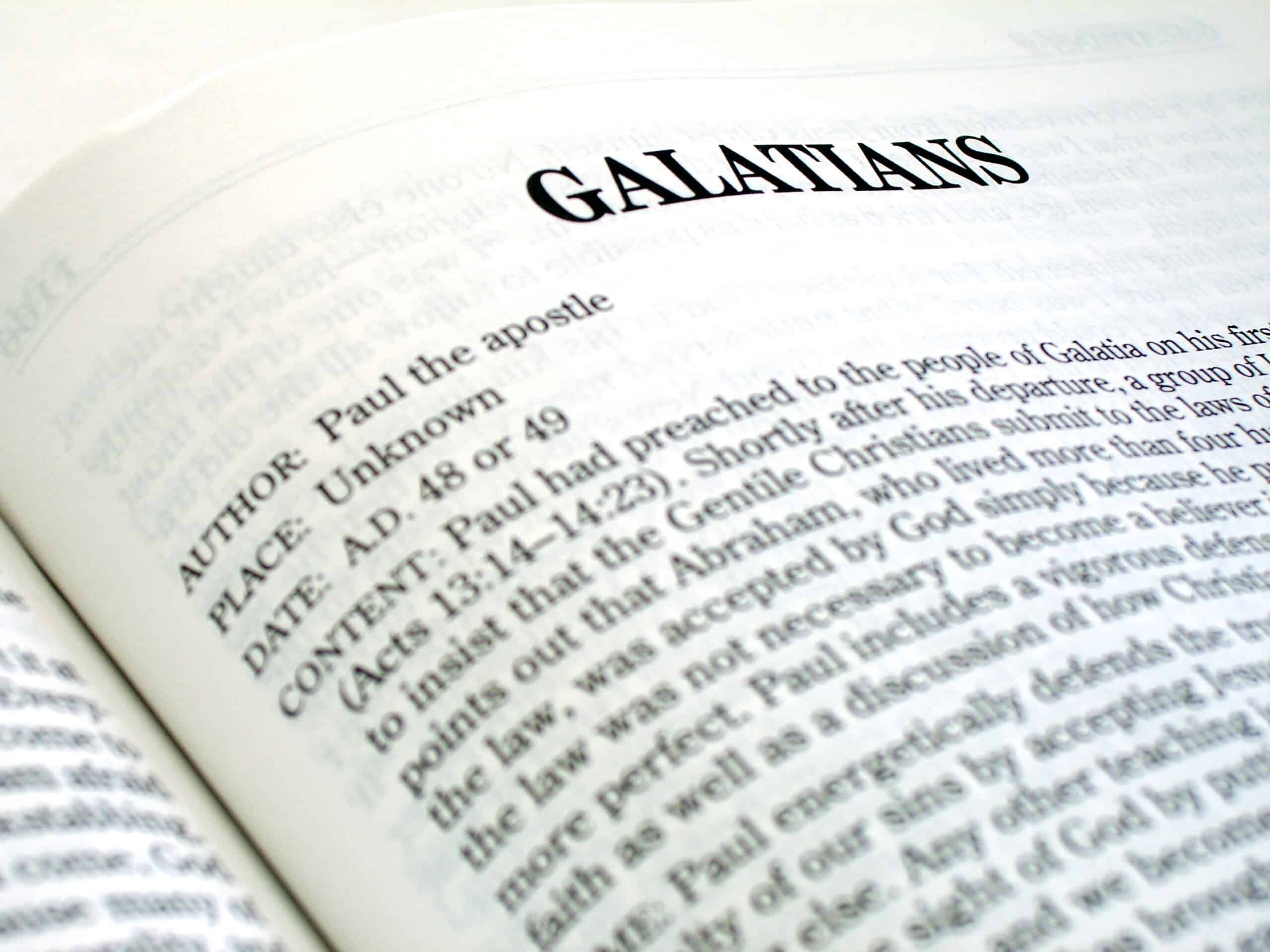Crash Goes the Da Vinci Code/Part 5
| By: Dr. Wayne Barber; ©2005 |
| Aside from the four canonical gospels (Matthew, Mark, Luke, and John), history reveals there were only twelve other gospels in circulation during this general time, and these were clearly not “inspired Scripture.” There were also Gnostic gospels that emerged later, but these are too late to be counted. |
by Dr. Ron Rhodes, Reasoning from the Scriptures Ministries, P.O. Box 2526, Frisco, TX, 75034. 214-618-0912. www.ronrhodes.org (Used by permission.)
Were There Eighty Gospels Competing for Inclusion in the New Testament?
DAN BROWN’S POSITION:
“More than eighty gospels were considered for the New Testament, and yet only a relative few were chosen for inclusion—Matthew, Mark, Luke and John.” (Page 231)
THE TRUTH OF THE MATTER:
Such a view is absolute nonsense. Aside from the four canonical gospels (Matthew, Mark, Luke, and John), history reveals there were only twelve other gospels in circulation during this general time, and these were clearly not “inspired Scripture.” There were also Gnostic gospels that emerged later, but these are too late to be counted.
The four gospels in our present Bible were chosen for good reason. First, early in church history, four centers of Christianity emerged: Jerusalem, Antioch, Alexander, and Rome. These centers of Christianity used the four gospels in our present Bible.
Christian leaders who lived between A.D. 95 and 170 consistently point to the reliability of the New Testament Gospels. Following is a sampling.
- CLEMENT. Clement was a leading elder in the church at Rome. In his epistle to the Corinthians (c. A.D. 95), he cites portions of Matthew, Mark, and Luke, and introduces them as the actual words of Jesus.[1]
- PAPIAS. Papias, the bishop of Hierapolis in Phrygia and author of Exposition of Oracles of the Lord (c. A.D. 130), cites the Gospels of Matthew, Mark, Luke, and John, presumably as canonical. He specifically refers to John’s Gospel as containing the words of Jesus.[2]
- JUSTIN MARTYR. Justin Martyr, foremost apologist of the second century (A.D. 140), considered all four Gospels to be Scripture.[3]
- THE DIDACHE. The Didache, an ancient manual of Christianity that dates between the end of the first century and the beginning of the second century, cites portions of the three synoptic Gospels and refers to them as the words of Jesus. This manual quotes extensively from Matthew’s gospel.[4]
- POLYCARP. Polycarp, a disciple of the apostle John, quotes portions of Matthew, Mark, and Luke, and refers to them as the words of Jesus (c. A.D. 150).[5]
- IRENAEUS. Irenaeus, a disciple of Polycarp (c. A.D. 170), quoted from twenty-three of the twenty-seven New Testament books, omitting only Philemon, James, 2 Peter, and 3 John.[6]
- The Muratorian Fragment dates to about A.D. 175, and lists the four canonical gospels. Indeed, it lists 23 of the 27 books in the New Testament.
- Papyrus 45, dated around A.D. 200, has all four canonical gospels together. Clearly, there are many early sources dating between A.D. 95 and 150 that refer to Matthew, Mark, Luke, and John as containing the actual words of Christ. History is therefore on the side of the New Testament Gospels.








